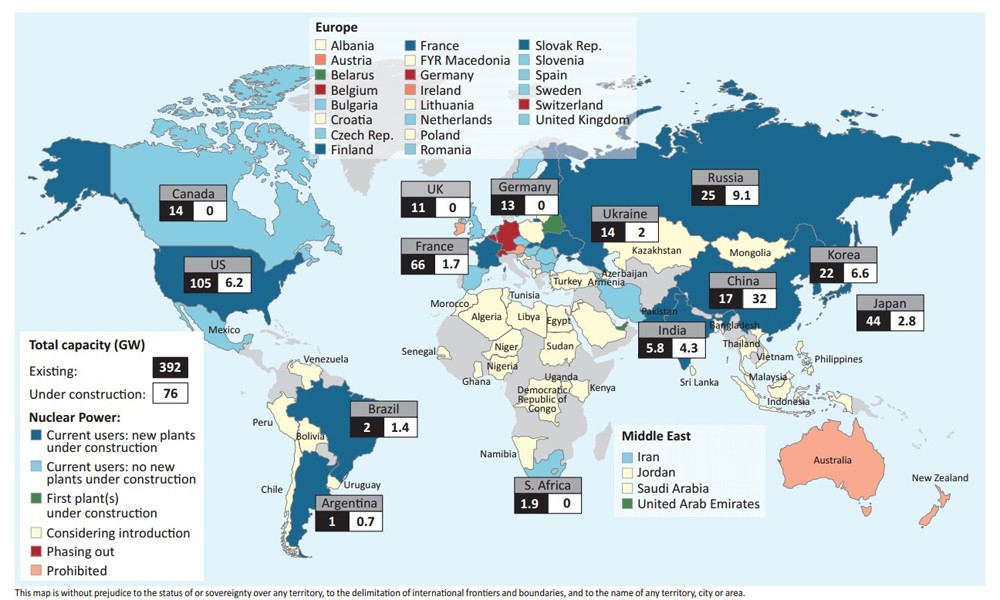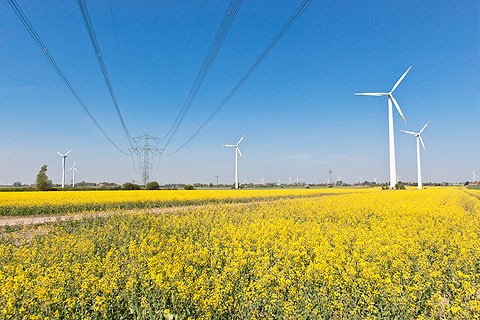IEA OMR Public
Post on: 5 Апрель, 2015 No Comment

Head fake
The partial rebound in oil prices that occurred in late January and early February seems to have marked a pause. Prices have since become range-bound, with Brent futures trading around $60/bbl and WTI closer to $50/bbl, and at the time of writing slightly below those levels. On the face of it, the oil price appears to be stabilising. What a precarious balance it is, however.
Behind the faade of stability, the rebalancing triggered by the price collapse has yet to run its course, and it might be overly optimistic to expect it to proceed smoothly. Steep drops in the US rig count have been a key driver of the price rebound. Yet US supply so far shows precious little sign of slowing down. Quite to the contrary, it continues to defy expectations. Output estimates for 4Q14 North American supply have been revised upwards by a steep 300 kb/d. The projection of 1Q15 supply has also been raised. Plunging US crude throughputs — due to seasonal and unplanned refinery outages, as well as weak margins and high gasoline stock builds in December — have seen US crude inventories soar, compounding the impact of robust supply growth. At last count, total US crude stocks stood at 468 mb, an all-time record.
The unwinding of seasonal refinery maintenance may slow US crude stock builds in 2Q15 but will not stop them, and stocks may soon test storage capacity limits. That would inevitably lead to renewed price weakness, which in turn could trigger the supply cuts that have so far remained elusive. While the US supply response to lower prices might take longer to kick in than expected, it might also prove more abrupt.
At the same time, supply disruption risks are on the rise. Producer countries that depend on high oil prices and that do not enjoy large buffers will find it hard to balance their budget and fund social spending programs at current prices. That is not a recipe for social stability. The surging dollar will also make it harder for companies such as cash-strapped Petrobras to pay back dollar debt and overcome financial hurdles. Iraq and Libya continue to experience disruptions amid MENA political turmoil.
Product markets, meanwhile, have proved unexpectedly strong. Not only have product prices lagged those of crude during the selloff — as is common in a downturn — but they have raced ahead of them in the rebound, keeping refining margins remarkably firm, and supporting unexpectedly strong throughputs in once-depressed refining centres such as Europe and OECD Asia. Product demand has shown signs of life, with even European demand emerging from a secular decline to show strong growth of 3.2% in December and 0.9% in January. That demand strength has widened the deficit of OECD product inventories to their seasonal average, a trend largely obscured by surging US crude stocks.

Whether such strength in product demand and refining activity can be sustained is unclear. Both have benefited from one-off factors. Frigid weather in North America has raised heating demand, drawing distillates from across the Atlantic. Refinery outages in North and South America have also helped support margins elsewhere and fuelled long-haul product trade. Distillate cargoes were booked from as far off as Saudi Arabia and the UAE to make up for outages in Brazil and the US East Coast.
Demand may also have been supported by opportunistic buying and growing interest in storage plays. While that would have helped tighten product markets, such demand is less sustainable than that driven by underlying economic growth, and there are still few firm signs at this stage that lower prices are giving the economy a real boost. China, for one, remains in cooling mode. Then again, information about demand lags supply and tends to be sketchier, so it may take time for any pickup in demand to be fully captured in the data. As to refining margins, the ramp up of activity at new Middle East refineries, coinciding with a seasonal downturn in global demand, might soon depress them.
Facing exceptional uncertainty, many market participants remain on the fence. But market forces are not sitting still.














